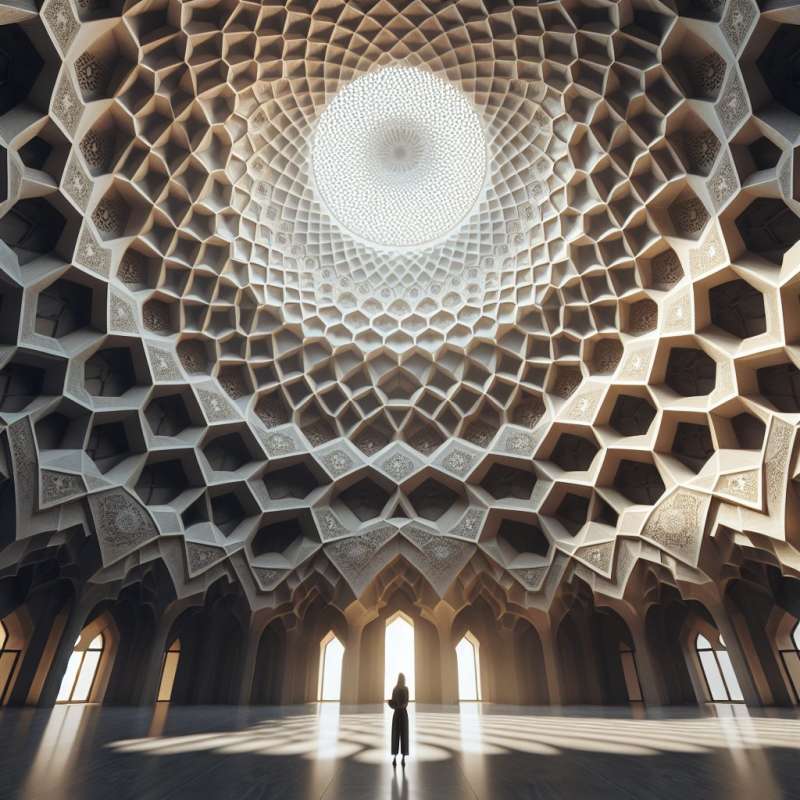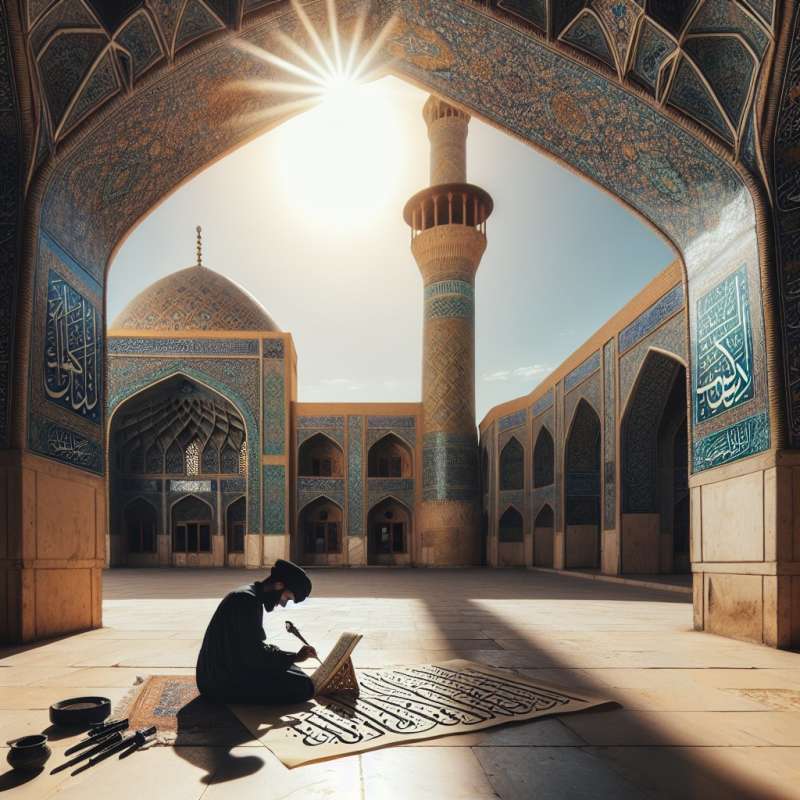
Ancient Persia Overview
Persian architecture has a rich heritage dating back to 5000 BCE. It's known for grand structures, ornate decorations, and innovative engineering, particularly during the Achaemenid, Parthian, and Sassanian eras.
Achaemenid Architectural Marvels
The Achaemenid Empire (550–330 BCE) showcased monumental architecture. Persepolis, its ceremonial capital, featured impressive columns, majestic palaces, and reliefs depicting multicultural subjects, symbolizing the empire's vast reach.
Parthian Innovation: iwan
The Parthians (247 BCE–224 CE) introduced the iwan, an open-fronted vaulted hall. This element became a staple in Middle Eastern architecture, later influencing Islamic mosque designs.
Sassanian Structural Ingenuity
The Sassanian Empire (224–651 CE) excelled in engineering. The Shushtar Historical Hydraulic System, a masterpiece of water management, consisted of dams, canals, and tunnels, predating modern irrigation systems.
Distinctive Features: Muqarnas
Muqarnas, elaborate honeycomb-like decorations in domes and vaults, became a hallmark of Persian architecture. They're not only aesthetically pleasing but also help distribute the weight of the ceiling.
Gardens: A Persian Legacy
The concept of the Persian Garden, characterized by quadrilateral design and water features, influenced the notion of paradise gardens across the world. These gardens symbolize the importance of nature in Persian culture.
Influence on Islamic Architecture
Post-Islamic conquest, Persian architectural elements merged with Islamic art, leading to the development of iconic designs such as the Persian dome and minaret, visible in mosques and madrasas across the Islamic world.
What era is Persepolis from?
Parthian Empire
Achaemenid Empire
Sassanian Empire
Company